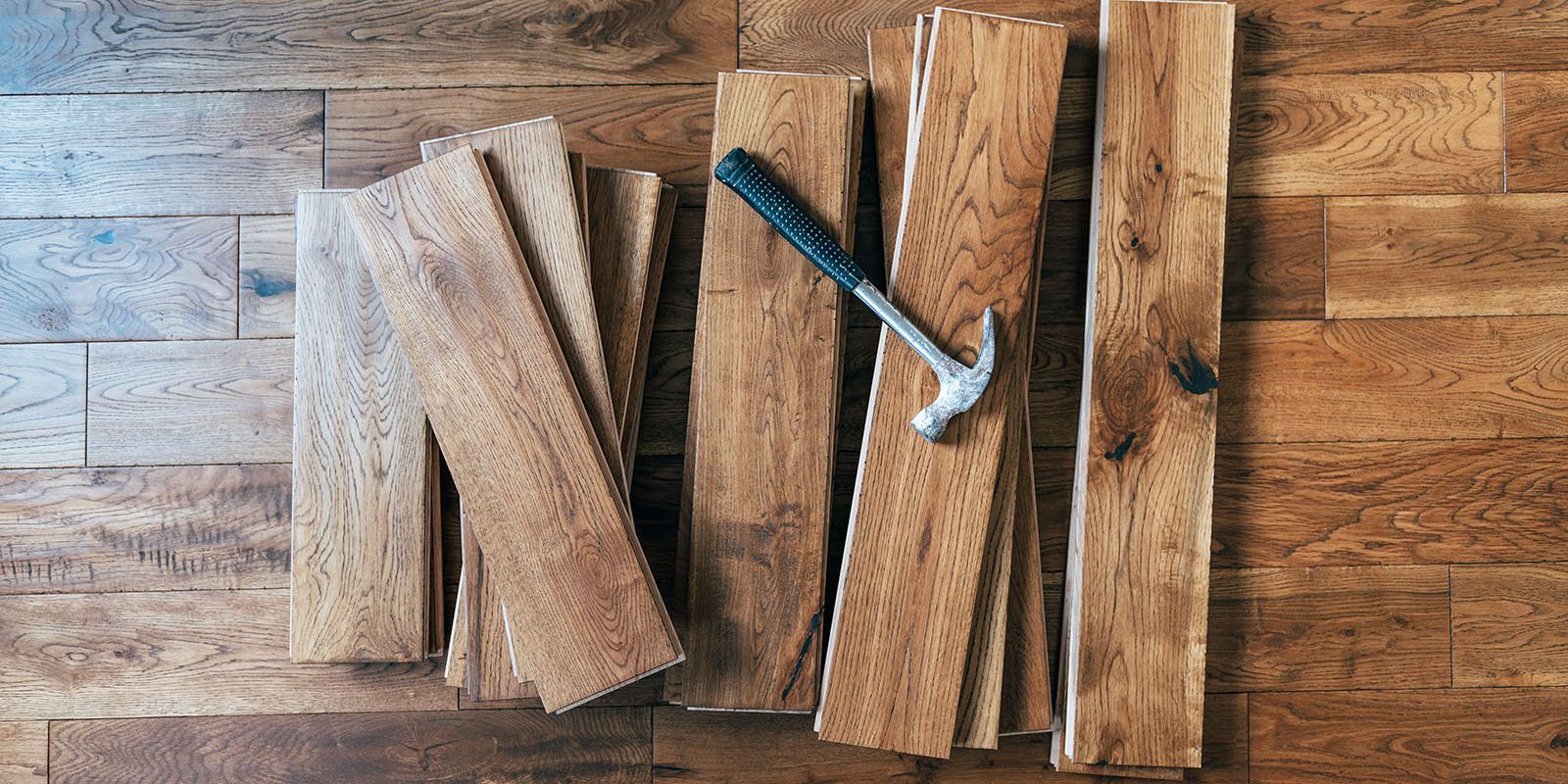A Comprehensive Guide to Engineered Hardwood vs Laminate
Choosing the right flooring for your home is crucial to impacting your living spaces’ aesthetics and functionality. With countless options available in the market, homeowners often find themselves trying to decide between laminate flooring and engineered hardwood flooring. Both flooring types have gained popularity over the years, offering unique benefits and characteristics that cater to different needs and preferences. This article aims to provide an in-depth analysis of laminate and engineered wood flooring, discussing their composition, advantages, disadvantages and more to help you make an informed decision for your home.
Laminate flooring, known for its durability and cost-effectiveness, is a popular choice among homeowners who desire the look of hardwood without the hefty price tag. Comprised of multiple layers, laminate flooring features a high-resolution photographic image of wood, stone, or other materials, topped with a protective layer to ensure its longevity. In the following sections, we will explore the various aspects of laminate flooring, including its construction, advantages and potential drawbacks.
On the other hand, engineered wood flooring offers the beauty and warmth of genuine wood, with added stability and resistance to moisture compared to traditional solid hardwood flooring. Engineered hardwood consists of a top layer of real hardwood veneer bonded to multiple layers of high-quality plywood or another wood-based material, providing a more stable and versatile flooring option. This article will delve into the intricacies of engineered wood flooring, discussing its composition, benefits and potential disadvantages, allowing you to weigh the pros and cons of each flooring type to determine the best fit for your home.
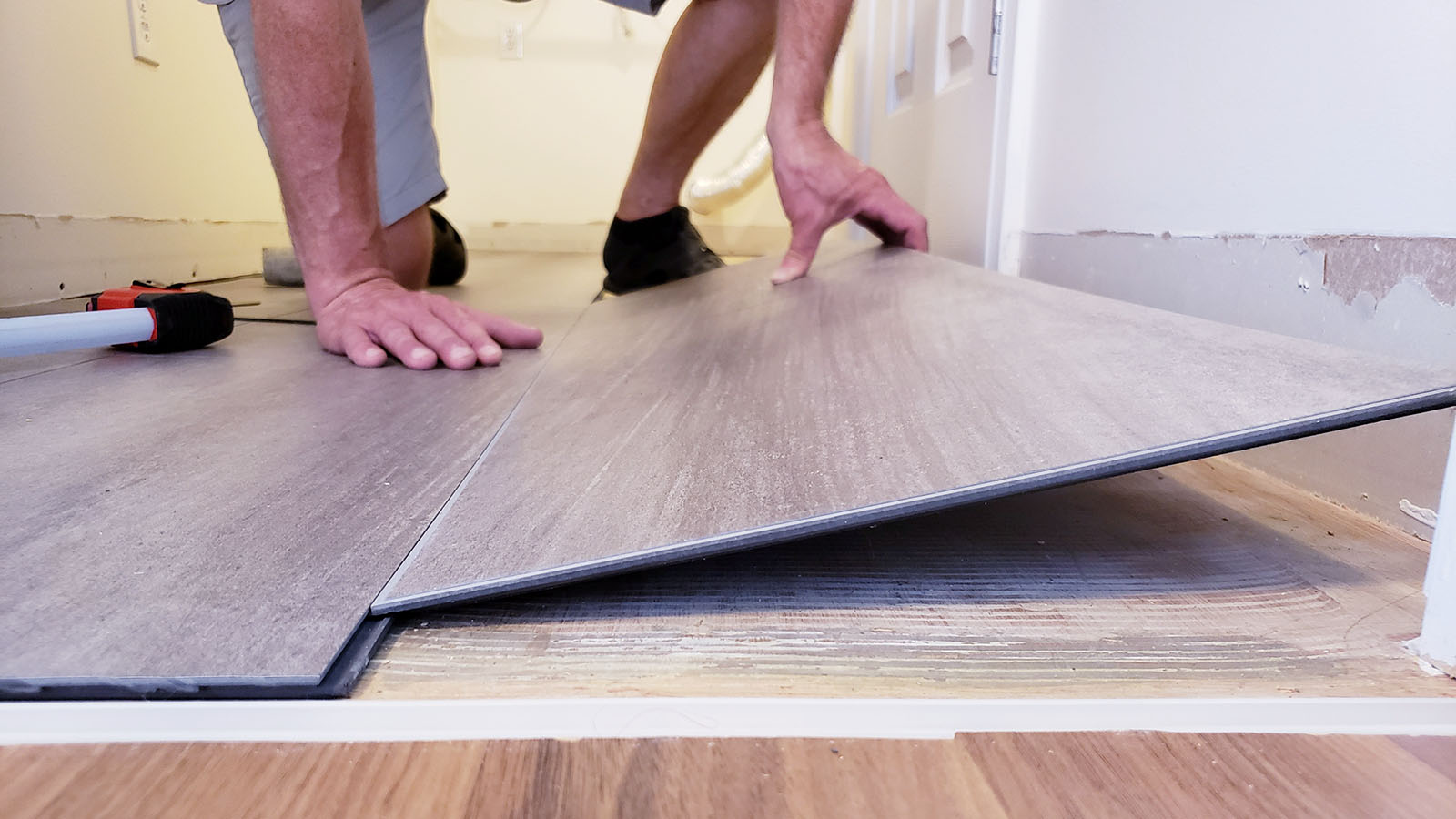
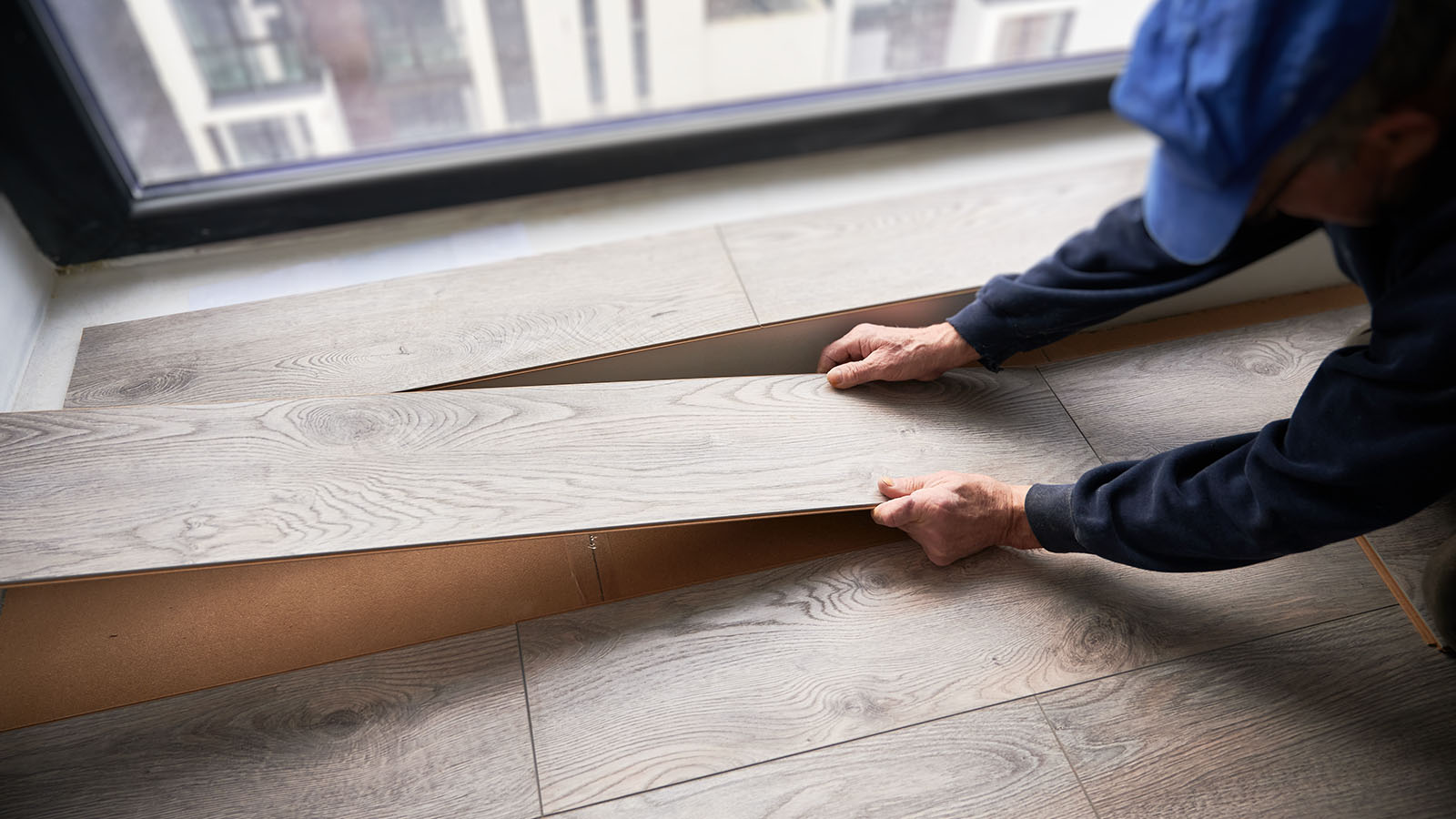
Engineered Hardwood versus Laminate
When considering a flooring upgrade for your home, the decision between engineered hardwood and laminate can be challenging. Both flooring options have unique advantages and drawbacks, and the right choice ultimately depends on various factors such as budget, aesthetics, durability and maintenance. In this section, we will explore the key differences between engineered wood and laminate flooring to help you decide to suit your needs and preferences best.
To begin, it is essential to understand each flooring type’s basic construction and composition. Engineered hardwood flooring is made up of multiple layers, with a real hardwood veneer on top and high-quality plywood layers beneath, providing stability and structural support. On the other hand, laminate flooring consists of a high-density fiberboard core, a decorative layer that mimics the appearance of wood, and a protective top layer that resists wear and scratches. By examining the unique features of each flooring option, we aim to provide a comprehensive comparison of floor coverings that will assist you in determining the most suitable flooring choice for your home.
Is Engineered Hardwood Better than Laminate?
Determining whether engineered hardwood is better than laminate depends on individual preferences and needs. Engineered wood flooring boasts a real wood veneer and can be refinished, making it an appealing choice for those seeking an authentic wood look. On the other hand, laminate is more affordable and water-resistant, making it suitable for high-traffic areas and moisture-prone spaces. Ultimately, the choice between engineered wood floors and laminate comes down to budget, location and lifestyle.
Is Engineered Hardwood More Expensive than Laminate?
In general, engineered hardwood is more expensive than laminate flooring due to the use of real hardwood veneer and high-quality plywood in its construction. While laminate flooring uses a decorative layer and high-density fiberboard, it typically comes at a more affordable price per square foot. However, engineered hardwoods can add value to your home with their genuine natural hardwood appearance and potential for refinishing.
What are the Disadvantages of Engineered Hardwood Flooring?
While engineered wood flooring offers many benefits, a few disadvantages exist. The cost can be higher compared to laminate, and engineered wood may be more susceptible to moisture and surface scratches. Additionally, while engineered hardwood can be refinished, the number of times it can be sanded and refinished depends on the thickness of the hardwood veneer.
Does Engineered Hardwood Have Better Resale Value than Laminate?
Engineered hardwood typically boasts a better resale value than laminate flooring due to its genuine hardwood appearance and the potential for refinishing. Homebuyers often prefer engineered wood’s natural look and feel, which can result in a higher return on investment than laminate floor tiles.
Which is More Durable: Laminate or Engineered Hardwood?
The durability of engineered hardwood vs laminate flooring depends on the product and its features. High-quality laminate flooring with a thick, protective top layer can be highly resistant to surface wear, while engineered wood with a thick veneer and wear layer can offer excellent durability as well. Ultimately, both laminate and engineered hardwood floors can provide long-lasting performance when properly maintained.
Is Laminate as Good as Engineered Wood?
Laminate flooring can be an excellent alternative to engineered wood for homeowners seeking an affordable, low-maintenance floor covering. While it may not have the same authentic wood appearance as engineered hardwood, advancements in laminate technology have resulted in realistic surface textures and photo-realistic image layers that mimic natural wood. However, the decision between laminate and engineered wood flooring will depend on individual preferences, budget and intended usage.
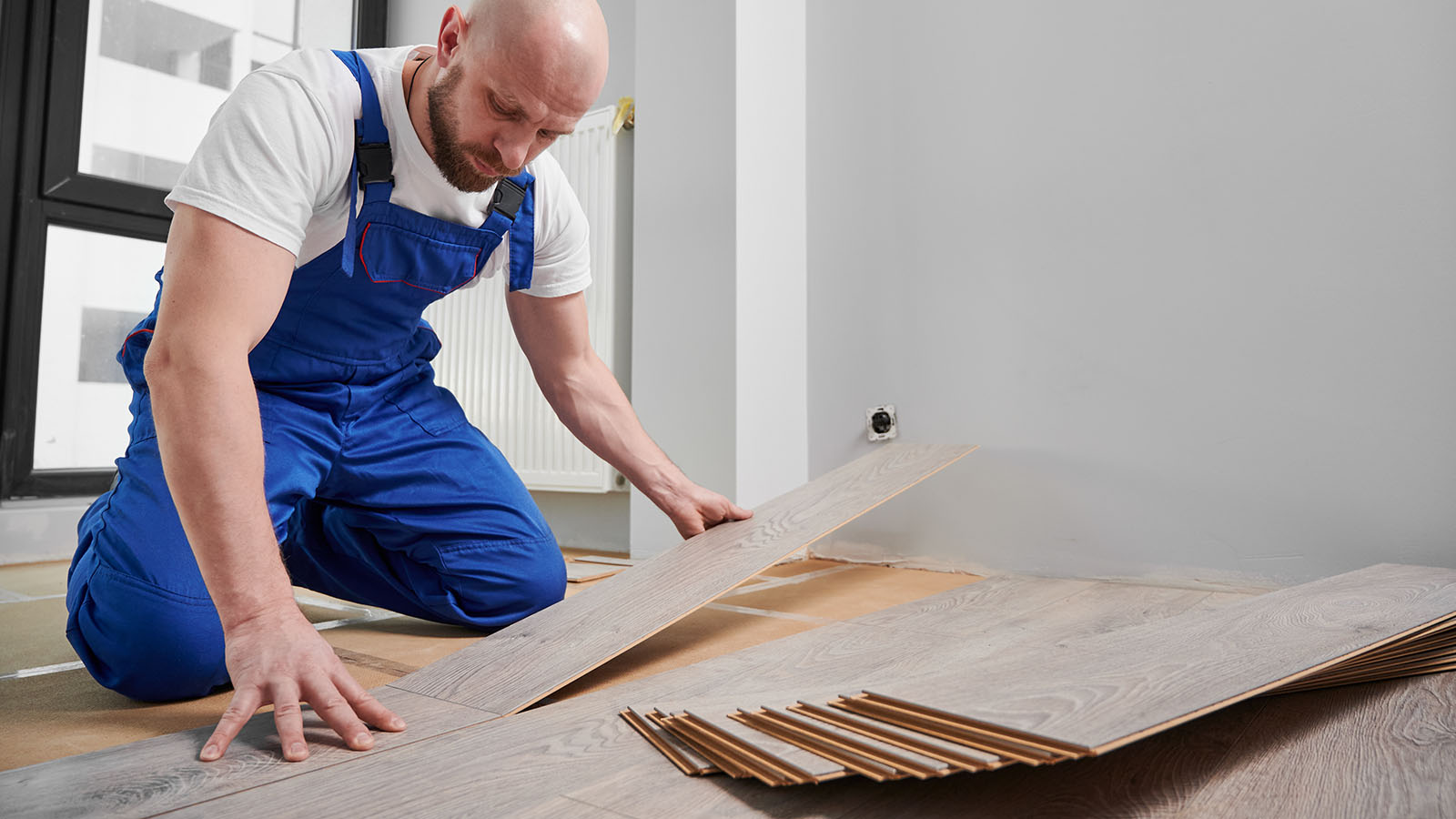
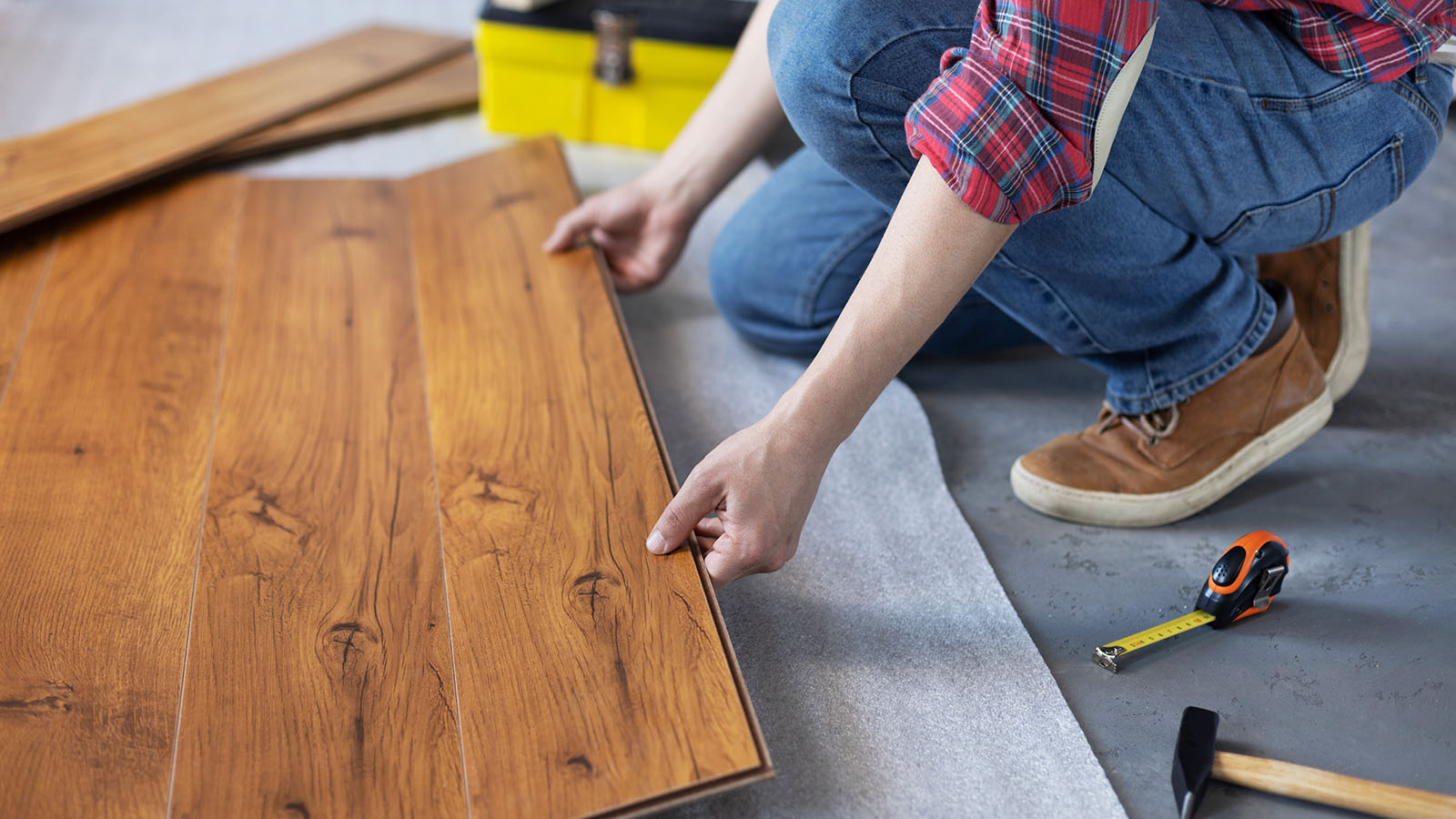
Laminate Flooring
Laminate flooring has become increasingly popular among homeowners seeking an attractive, budget-friendly alternative to traditional hardwood floors. Its versatility and durability make it ideal for various applications, from high-traffic areas to moisture-prone spaces. In the following sections, we will explore the ins and outs of laminate flooring, delving into its advantages, types and installation methods and providing tips on choosing the right product for your needs.
As you read this guide, you will gain valuable insights into laminate flooring and how it compares to other options like engineered and solid hardwood. By understanding the key differences and benefits of laminate flooring, you will be well-equipped to make an informed decision when selecting the perfect floor covering for your home. Whether you are a first-time homeowner or a seasoned renovator, this comprehensive guide will provide the essential knowledge to confidently select, install and maintain your new laminate floors.
What is Laminate Flooring?
Laminate flooring is a synthetic floor covering constructed of multiple layers fused together through a lamination process. It typically features a core layer made from high-density fiberboard, a decorative layer that displays a photo-realistic image of wood or other materials, and a protective top layer designed to resist wear and tear. Laminate floors can mimic the look of natural wood, stone, or ceramic tiles at a more affordable price.
What are the Advantages of Laminate Flooring?
Laminate flooring offers several advantages, including affordability, ease of installation and low maintenance. Laminate is often less expensive than engineered wood and solid wood flooring, making it an attractive option for budget-conscious homeowners. The DIY installation of laminate planks using a floating floor method can save time and money, while the protective top layer ensures easy cleaning with a damp mop. Laminate floors are more water-resistant than traditional hardwood, making them suitable for basement floors and high-traffic areas.
What is the Disadvantage of Laminate Floors?
One key disadvantage of laminate flooring is that it cannot be sanded or refinished like real wood floors. Laminate planks must be replaced rather than refinished if damaged or worn. Additionally, while installing laminate planks has improved appearance and durability, they might not offer the same authentic look and feel as engineered wood or solid hardwood flooring.
What is the Best Thickness for Laminate Flooring?
The best thickness for laminate flooring ranges from 8mm to 12mm, providing a balance between durability, comfort and stability. Thicker laminate planks offer better sound absorption, heat resistance and resistance to wear and tear. When choosing the right thickness for your laminate floor, consider factors such as foot traffic, subfloor conditions and desired comfort level.
Types of Laminate Flooring
Laminate flooring is available in various styles and surface textures, allowing homeowners to achieve the desired look and feel. Options include smooth, textured, hand-scraped and embossed-in-register (EIR) designs, which closely mimic the appearance and texture of real hardwood. Laminate boards are also available in different plank widths and lengths, providing endless possibilities for creating unique and visually appealing floor patterns.
Installation Methods for Laminate Flooring
Laminate flooring can be installed using a floating floor method, where planks are clicked together and laid over a foam underlayment without the need for nails or glue. This DIY installation method is popular due to its ease and cost-effectiveness. However, professional installation may be recommended for more complex layouts or for homeowners lacking the necessary skills or tools.
How to Clean and Maintain Laminate Floors
Cleaning and maintaining laminate floors is simple and requires only a few basic steps. Regular sweeping or vacuuming will remove dirt and debris, while occasional cleaning with a damp mop and a laminate-specific cleaner will keep the floor looking its best. It’s important to avoid using wet mops, as excess water can damage laminate boards. To prevent surface scratches, use furniture pads and avoid dragging heavy items across the floor.
Are There Different Grades of Laminate Flooring?
Laminate flooring is available in different grades, with each grade offering varying levels of durability, thickness and wear resistance. The Association of European Producers of Laminate Flooring (EPLF) has established a classification system known as the Abrasion Criteria (AC) rating, which ranges from AC1 to AC5. AC1 is suitable for light residential use, while AC5 is designed for heavy commercial use. When choosing laminate, consider the expected foot traffic and wear to determine the appropriate grade for your space.
Laminate Flooring Warranty Information
Depending on the manufacturer and product quality, laminate flooring warranties typically cover issues such as wear, staining and fading for a specified period. Higher-quality laminate floors may offer 25 years or more warranties, while budget-friendly options may have shorter warranty periods. It is essential to read the warranty information carefully and follow the manufacturer’s guidelines for installation and maintenance to ensure coverage.
How to Choose the Right Laminate Flooring
Choosing the right laminate flooring involves considering budget, desired appearance, durability and intended usage. Explore different styles, thicknesses and grades to find a product that meets your needs and preferences. Additionally, consult with flooring professionals, read customer reviews and gather samples to make an informed decision.
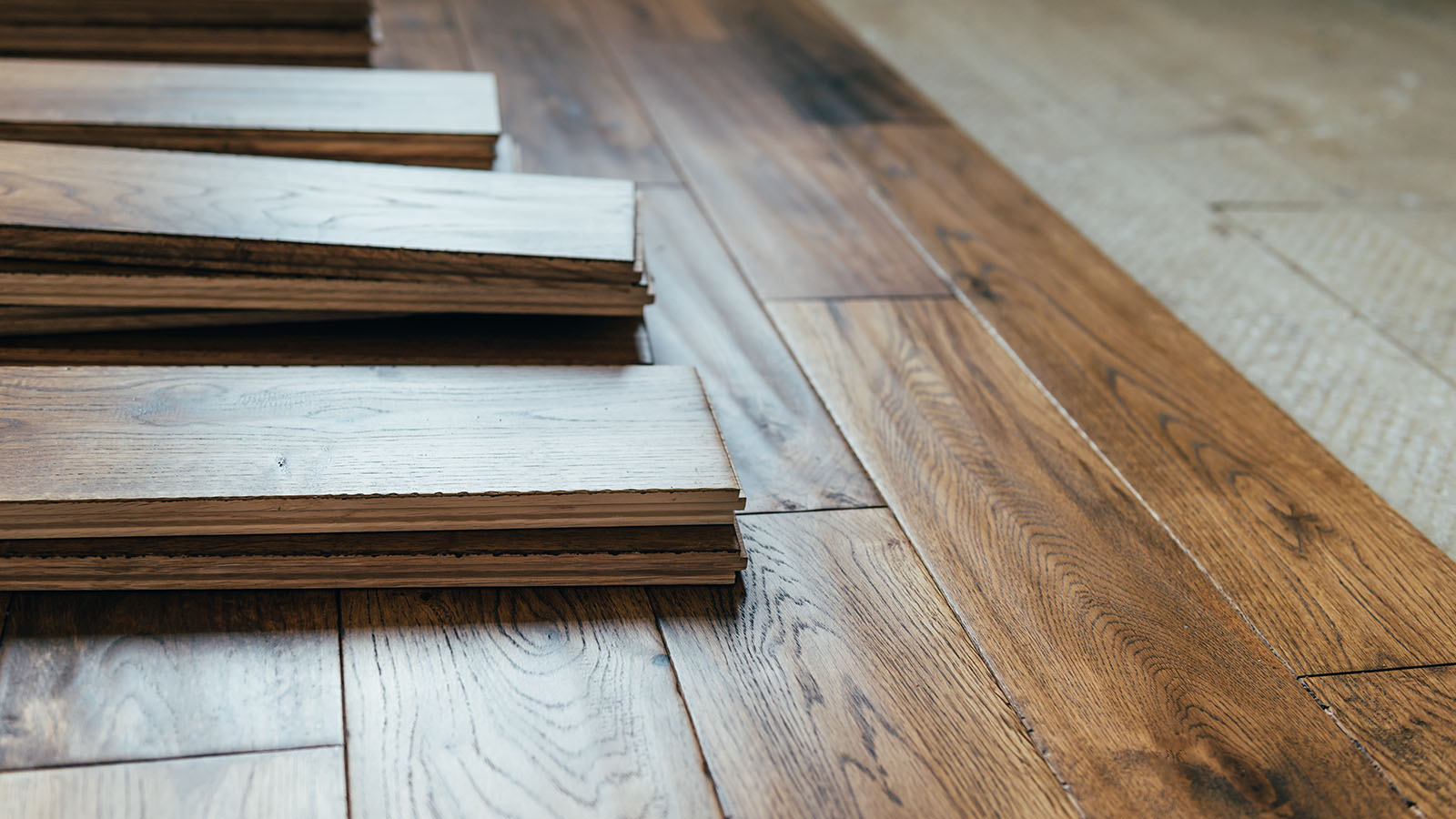
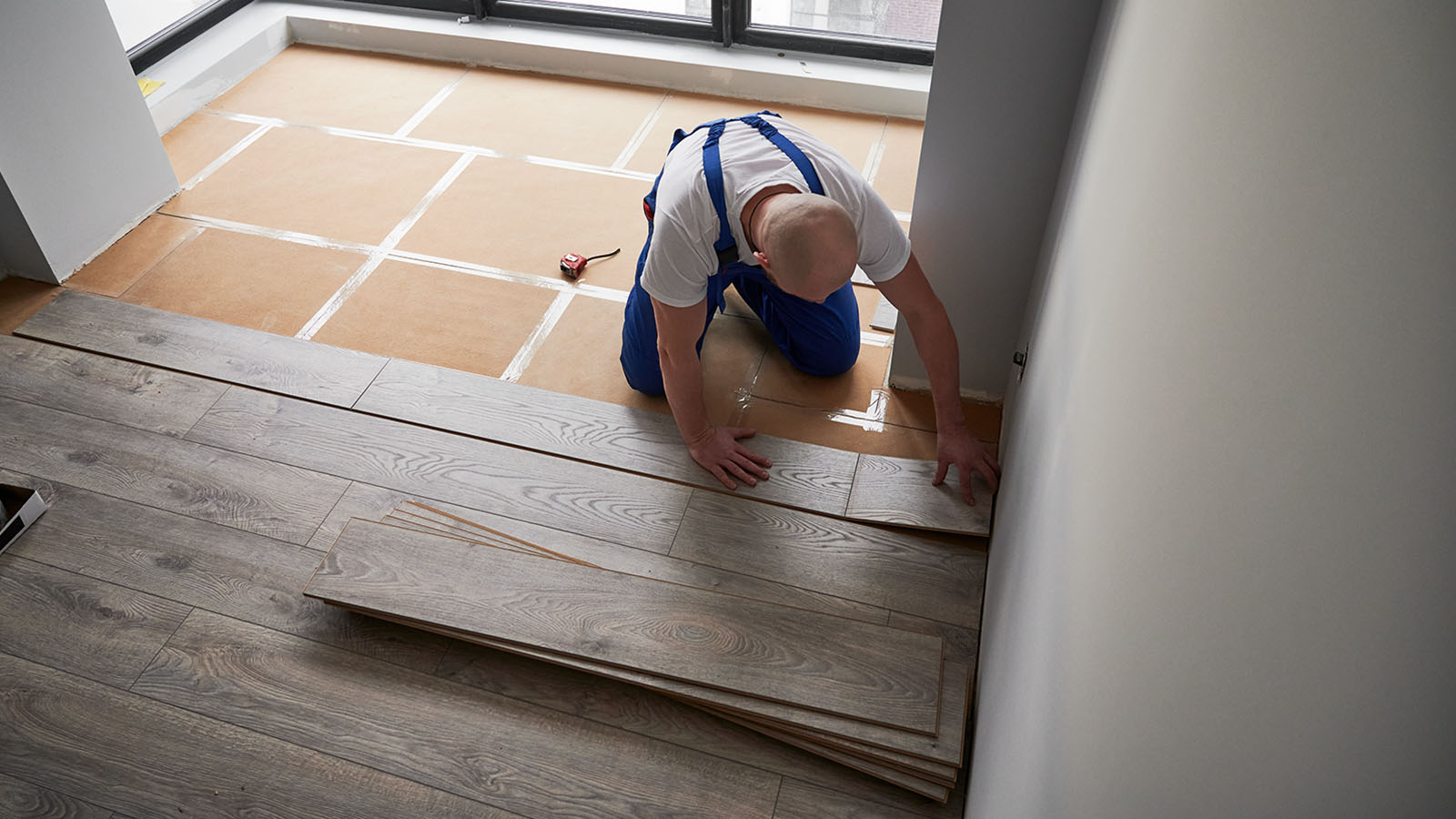
Engineered Hardwood Flooring
Selecting the perfect engineered wood flooring for your home can be daunting, given the variety of options available. From the wood species to the veneer thickness, core materials and finishes, several factors must be considered to ensure you choose the right flooring that meets your needs and preferences. This guide will explore the essential aspects to consider when selecting engineered wood flooring, including types, grades, installation methods, maintenance and warranty information.
Understanding the different types of engineered wood flooring, their advantages and disadvantages and the factors that contribute to their overall quality are crucial when making an informed decision. Knowing the appropriate grade, installation methods and maintenance practices will enhance the appearance and longevity of your new flooring and ensure that you get the most out of your investment. By exploring options, consulting with flooring professionals and gathering samples, you can make a confident choice that will transform your living space and provide years of enjoyment.
What Kind of Engineered Hardwood Floor is Best?
The best-engineered hardwood floor depends on individual preferences and needs. Factors to consider include the type of wood species, the veneer layer’s thickness, the engineered plank’s overall thickness and the core layers’ quality. Consider the intended usage, location and desired appearance when selecting the right engineered wood floor for your home.
Are There Different Grades of Engineered Hardwood Flooring?
Engineered wood flooring is available in different grades, which vary in quality, durability and appearance. Higher-grade engineered hardwoods typically feature thicker veneer layers, more stable core materials and enhanced finishes for improved wear resistance. Lower-grade options may have thinner veneers and less durable finishes. Choosing the appropriate grade depends on budget, location and intended usage.
What is High-Quality Engineered Hardwood?
High-quality engineered hardwood features a thick, genuine veneer layer, a stable and durable core and a high-quality finish for enhanced wear resistance. These factors contribute to engineered wood floors’ overall performance, longevity and appearance, making them an excellent investment for homeowners seeking an attractive, long-lasting flooring solution.
What Are the Disadvantages of Engineered Hardwood?
While engineered wood flooring offers many benefits, some disadvantages exist. It can be more expensive than laminate, and it may have limited refinishing potential, depending on the thickness of the veneer layer. Engineered hardwood may also be more susceptible to moisture and surface scratches compared to laminate.
Do Engineered Hardwood Floors Scratch Easily?
Engineered hardwood floors can be susceptible to surface scratches, depending on the hardness of the wood species and the quality of the finish. However, proper care and maintenance, such as using furniture pads, area rugs and regular sweeping, can minimize the risk of scratches and maintain the beauty of engineered wood floors.
What is the Best Thickness for Engineered Hardwood Floors?
The best thickness for engineered hardwood floors typically ranges from 3/8 to 3/4 inches, with thicker options offering increased stability and insulation. A thicker engineered wood floor can also provide better sound absorption and may be more suitable for installation over uneven subfloors or in rooms with high ceilings.
What Are the Types of Engineered Hardwood Flooring?
Engineered hardwood flooring is available in various wood species, finishes and textures to suit different tastes and design preferences. Common wood species include oak, maple, hickory and walnut, each offering unique color, grain pattern and hardness characteristics. Finishes can range from matte to high-gloss, while surface textures may include smooth, hand-scraped, or wire-brushed options.
Are There Different Grades of Engineered Hardwood?
As mentioned earlier, engineered wood is available in different grades, with higher-grade options featuring thicker veneer layers, more stable core materials and enhanced finishes for improved wear resistance. Lower-grade options may have thinner veneers and less durable finishes. Choosing the appropriate grade depends on budget, location and intended usage.
Installation Methods for Engineered Hardwood
Engineered wood flooring can be installed using various methods, including floating, glue-down and nail-down techniques. The chosen method depends on factors such as the type of subfloor, the engineered wood product and the homeowner’s preferences. While some homeowners may feel confident tackling a DIY installation, professional installation is recommended for those with limited experience or tools.
How to Clean and Maintain Engineered Hardwood Floors
Proper cleaning and maintenance of engineered hardwood floors involve regular sweeping or vacuuming to remove dirt and debris, using a damp mop and hardwood-specific cleaner for occasional cleaning and avoiding wet mops or harsh chemicals that can damage the finish. Use furniture pads and area rugs to prevent scratches and refrain from dragging heavy items across the floor.
Engineered Hardwood Flooring Warranty Information
Engineered wood flooring warranties typically cover wear, staining and fading issues for a specified period, depending on the manufacturer and product quality. Warranty periods can range from 10 years to a lifetime, with higher-quality engineered wood products offering more extensive coverage. It is essential to read the warranty information carefully and follow the manufacturer’s guidelines for installation and maintenance to ensure coverage.
How to Choose the Right Engineered Hardwood Flooring
When choosing the right engineered wood flooring, consider budget, desired appearance, durability and intended usage. Explore different wood species, veneer thicknesses, grades and finishes to find a product that meets your needs and preferences. Additionally, consult with flooring professionals, read customer reviews and gather samples to make an informed decision.


Final Thoughts About Engineered Hardwood and Laminate Floors
When comparing engineered hardwood vs laminate, both options have their unique set of advantages and disadvantages, making them suitable choices for different needs and preferences. Laminate flooring, known for its durability, low maintenance, and affordability, offers an attractive solution for homeowners looking for a visually appealing floor covering that mimics the appearance of wood or other materials without breaking the bank. However, it is essential to remember that laminate may not be as long-lasting as engineered wood and may not contribute significantly to a home’s resale value.
On the other hand, engineered wood flooring provides the warmth and elegance of genuine wood, coupled with improved stability and moisture resistance compared to traditional solid hardwood. Engineered wood is versatile and can be installed in various environments, including below-grade rooms. However, it may come at a higher initial cost and require more care and maintenance than laminate floors. The ability to refinish engineered hardwood floors, depending on the veneer thickness, ensures they remain a long-lasting and valuable investment for homeowners.
Ultimately, the decision between engineered hardwood vs laminate flooring should be based on a careful evaluation of factors such as budget, location, lifestyle, design preferences, and long-term goals. By understanding the composition, advantages, and drawbacks of each flooring type, homeowners can make an informed decision that best suits their needs and enhances the beauty and functionality of their living spaces.

